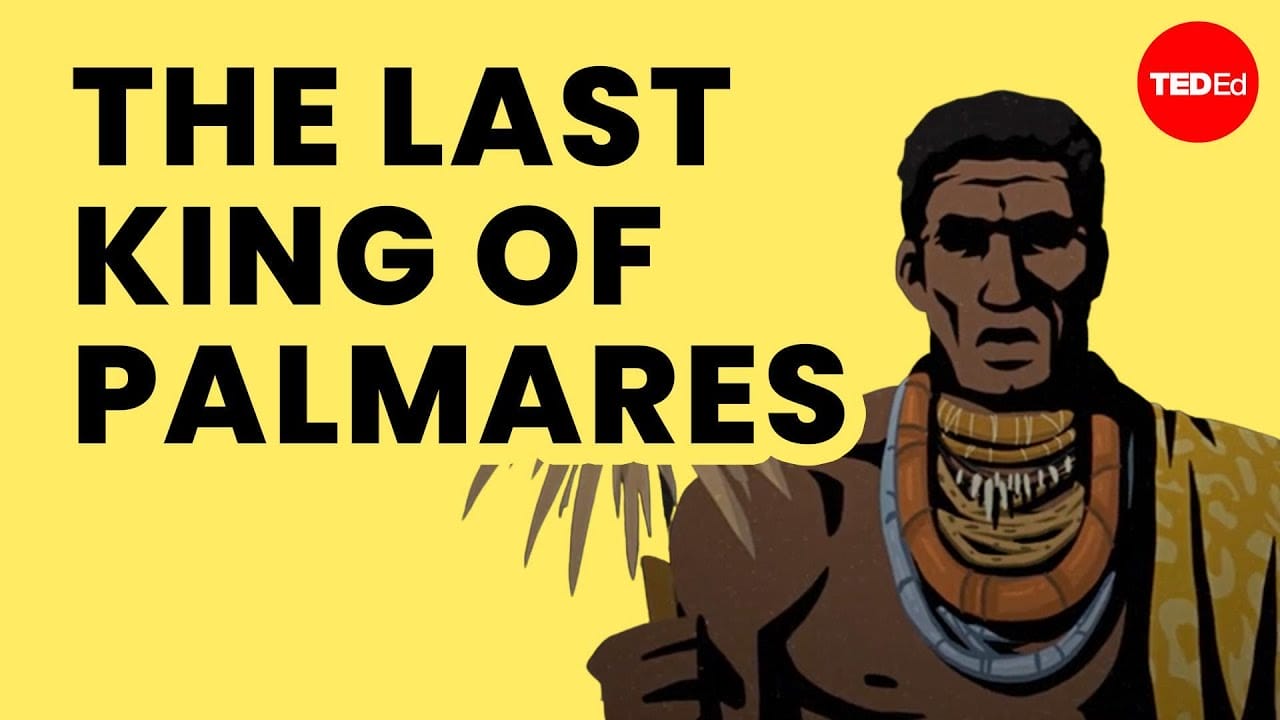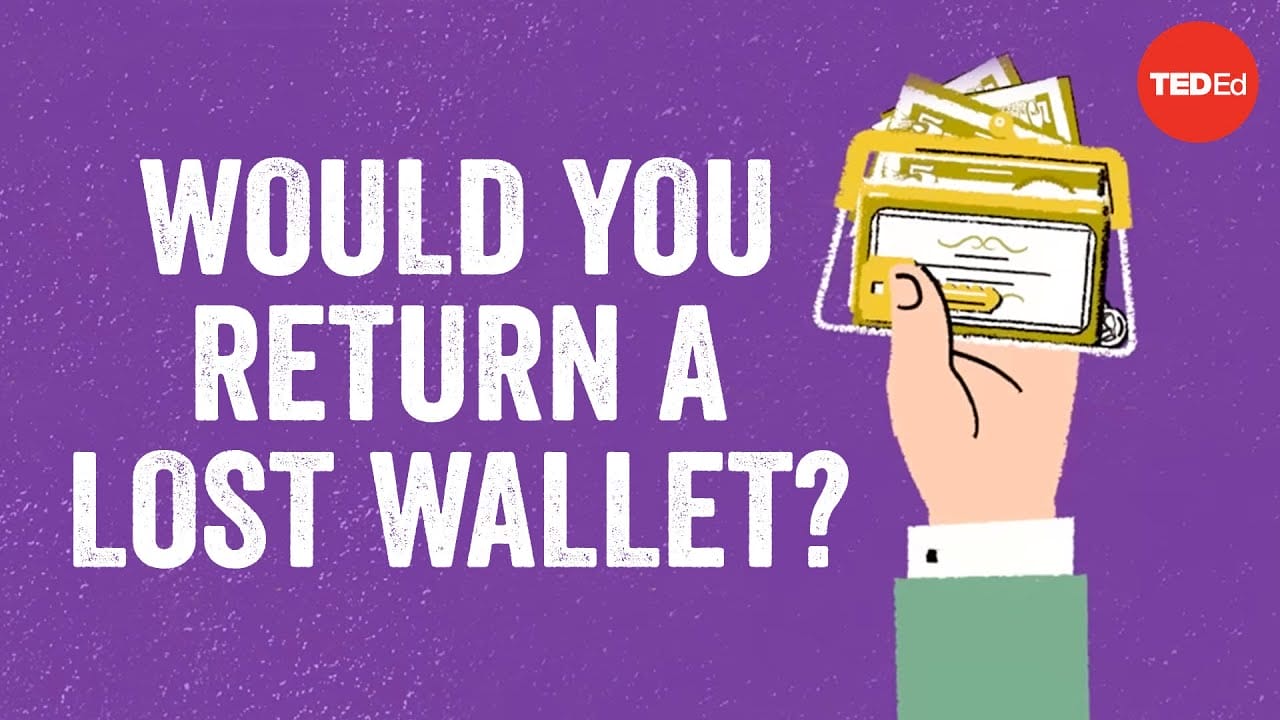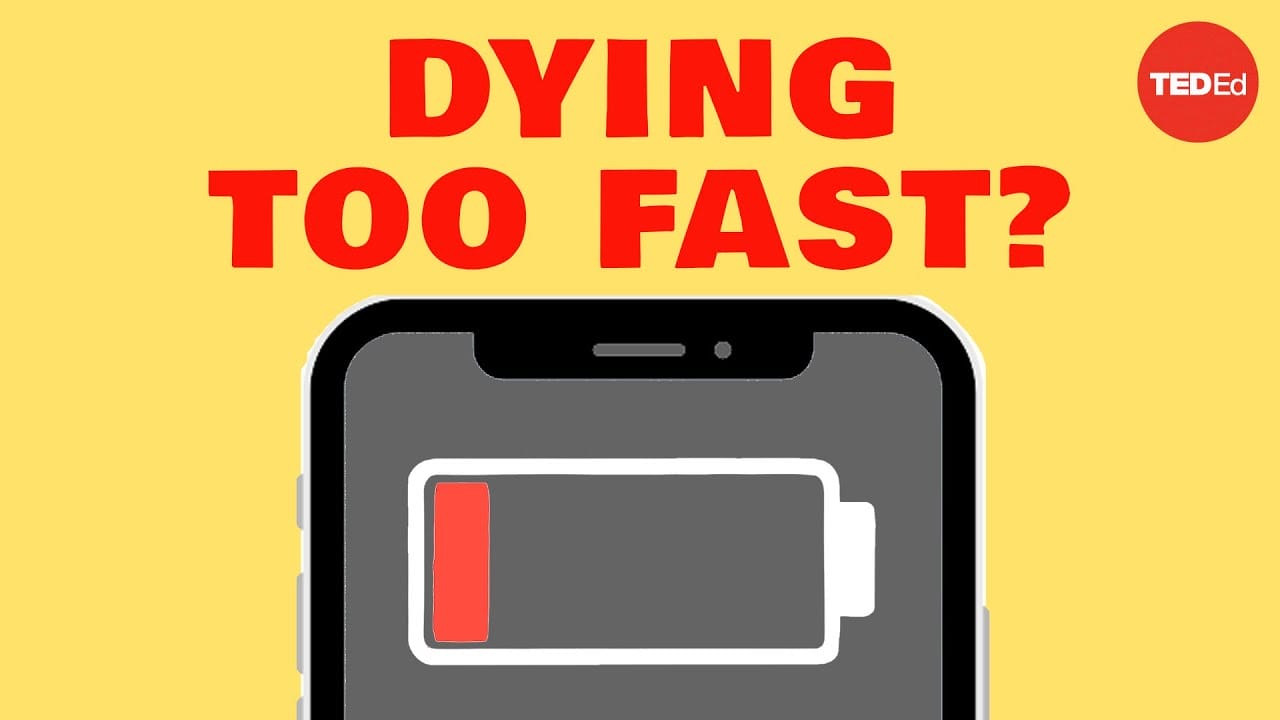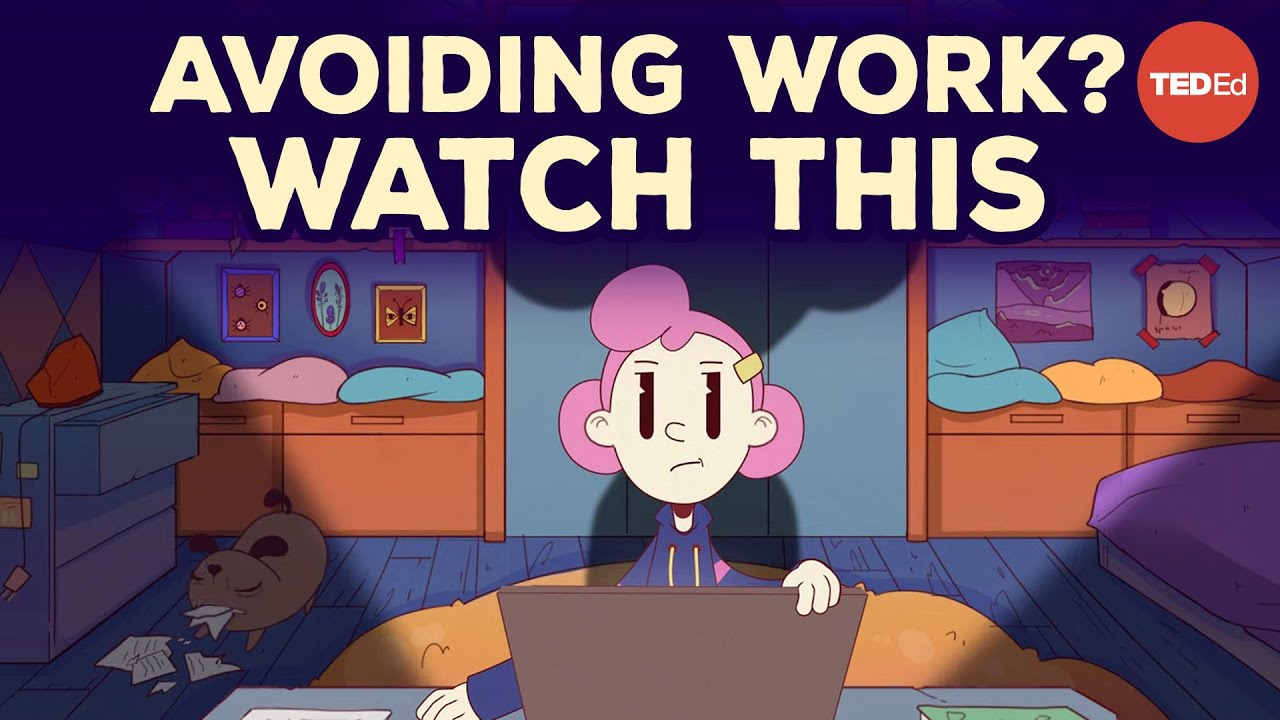This One Weird Trick Will Get You Infinite Gold
Chat With Your XTutor About This Video Lesson
Lesson Article
The King’s Challenge
Imagine finding yourself in a dire predicament. A few years ago, the king decreed that your life would be forfeit unless you managed to triple the gold coins in his treasury. In your desperation, a strange little man appeared, offering a magical solution. He used a magical bag, placing handfuls of coins in and out while singing a peculiar rhyme. Miraculously, this act tripled the coins in the treasury, saving your life.
The Promise
Overwhelmed with gratitude and desperation, you promised him your firstborn child in exchange for his help. Fast forward to today, you’ve just given birth to a beautiful baby boy. The little man shows up to claim his prize. In your despair, you beg him not to take the baby. He softens and offers a challenge, “If you can guess my name—” you interrupt him, “Banach-Tarski?” noticing the name on his shirt. He is taken aback and quickly changes the challenge.
The New Challenge
The little man explains that his bag increases the number of gold coins placed inside it in a very special way. “If I take any number of coins and place them in, more will come out. And if I place those in the bag again, the total that comes out will be three times whatever I began with.” He takes 13 coins and places them in the bag, then removes the contents. “I’ve used the magic once, not twice,” he says. “Tell me how many coins are in my hand and I’ll have mercy.”
The Mathematical Solution
The bag’s magic works just like a mathematical function. It’s convenient to use an arrow to denote the transformation. The challenge is to find out what goes in the blank between 13 and 39. The bag could be multiplying the number of coins by a certain number. If that’s the case, multiplying by that number twice would be the same as multiplying by 3, which means the multiplier would be the square root of 3. But that’s not a whole number, and we don’t have bits of gold coins coming out of the bag. Something else is going on.
The Process of Elimination
If filling in the blank between 13 and 39 is too hard, we can start with something easier. Can we figure out what’ll happen to 1 coin? If you use the bag on a single coin twice, you end up with triple; that’s three gold pieces. Because the bag always increases the number of gold coins, the blank must be between 1 and 3, so 2. It’s a start. What’s next?
Extending the Logic
Let’s think about a few other possible starting places. We already know 2 becomes 3 and that lets us fill in the next blank as well. Now we’re getting somewhere! We just need to extend this out to 13. Remember the other rule, though: when you put more coins in, you get more coins out. That means the numbers in every column must go in increasing order as well.
The Final Answer
Knowing that the numbers go in increasing order in every column, the only choices for the remaining blanks are 19, 20, 22, and 23. And look! We have our answer! There must be 22 gold coins in his hand. The little man begins to say, “I’ll give you three guesses,” but you interrupt him, “22 coins,” you respond. He is shocked, “What?! How did you know?” “I enjoy a good riddle,” you say. “Also, it’s on the back of your shirt.”
Discussion Questions
- Imagine if you were in the protagonist’s position, facing a dire predicament. How do you think you would react and what choices would you make?
- Reflecting on the protagonist’s promise to give up their firstborn child, do you think it was a fair or ethical decision? Why or why not?
- Consider the concept of magic in this story. How does the magical bag’s ability to triple the number of coins challenge our understanding of mathematical principles?
- Do you think the little man was justified in changing the challenge after the protagonist guessed his name? Why or why not?
- Think about the process of elimination used to determine the blank number of coins between 13 and 39. How does this method of reasoning apply to problem-solving in other areas of life?
- Reflect on the idea that the numbers in every column of the bag’s transformation must go in increasing order. How does this rule contribute to finding the final answer?
- Consider the protagonist’s response to the little man’s offer of three guesses. How do their confidence and enjoyment of riddles affect the outcome of the challenge?
- Think about the significance of the final answer being revealed on the back of the little man’s shirt. How does this detail add to the overall theme or message of the story?
Lesson Vocabulary
Triple – Three times as much or as many. – She tripled her savings by investing in the stock market.
Gold coins – Currency made of gold, often used as a form of investment or collection. – The pirate’s treasure chest was filled with shiny gold coins.
Magical bag – A bag with supernatural powers, often capable of holding an unlimited amount of items. – The magician pulled a rabbit out of his magical bag.
Rhyme – A correspondence of sound between words or the endings of words, often used in poetry or songs. – The nursery rhyme “Twinkle, Twinkle, Little Star” is a classic.
Treasury – A place where money, valuables, or records are kept, especially by a government or organization. – The country’s gold reserves are stored in the national treasury.
First-born child – The first child born to a person or couple. – According to tradition, the first-born child inherits the family estate.
Challenge – A difficult task or problem that requires effort and determination to overcome. – Climbing Mount Everest was a great challenge for the experienced mountaineer.
Mathematical function – A relation between a set of inputs and a set of outputs, often represented by an equation or formula. – The quadratic function can be written in the form of y = ax^2 + bx + c.
Multiplier – A number or factor by which another number is multiplied. – In the equation 5 x 4 = 20, 5 is the multiplier.
Gold pieces – Individual units or coins made of gold. – The pirate buried a chest full of gold pieces on the deserted island.
Share This Lesson:
- Categories: Algebra, Critical Thinking, Grade 6, Grade 7, Grade 8, Mathematics, TED Ed, Video Lessons
- Keywords: challenge, first-born child, gold coins, gold pieces, magical bag, mathematical function, multiplier, rhyme, treasury, triple








